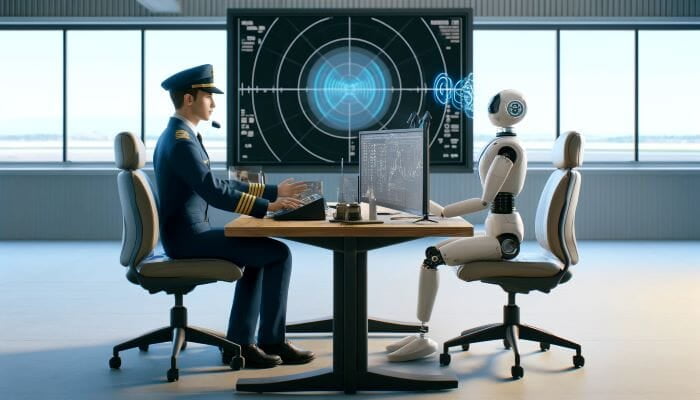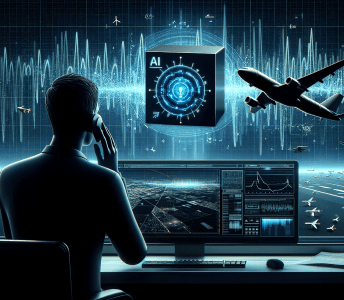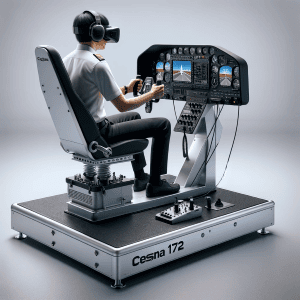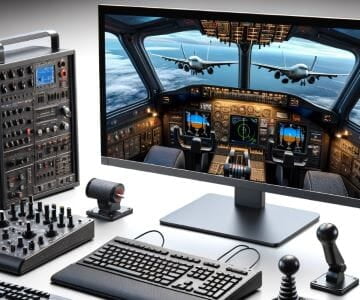Our AI platform is the solution that replaces the traditional
radiocommunication training for pilots
The article below shows the transformation advantages of AI versus traditional radiocommunicaiton training platforms
AI radiocommunication training transformation advantages versus traditional
Shifting from DVD and CD-ROM, or online video aviation training to AI-driven methods provides several transformative advantages:
By leveraging AI, aviation training can move from static and passive learning to a dynamic, engaging, and far more effective educational environment. This transition is vital in an industry where the cost of errors is high and the need for up-to-date and comprehensive training is critical.
AI radiocommunication training transformation advantages for commercial training programs
Replacing human extra actors with AI in commercial aviation training brings numerous benefits:
In summary, the integration of AI in place of human actors in commercial aviation training offers enhanced flexibility, personalization, and efficiency, leading to better-prepared pilots and controllers.









